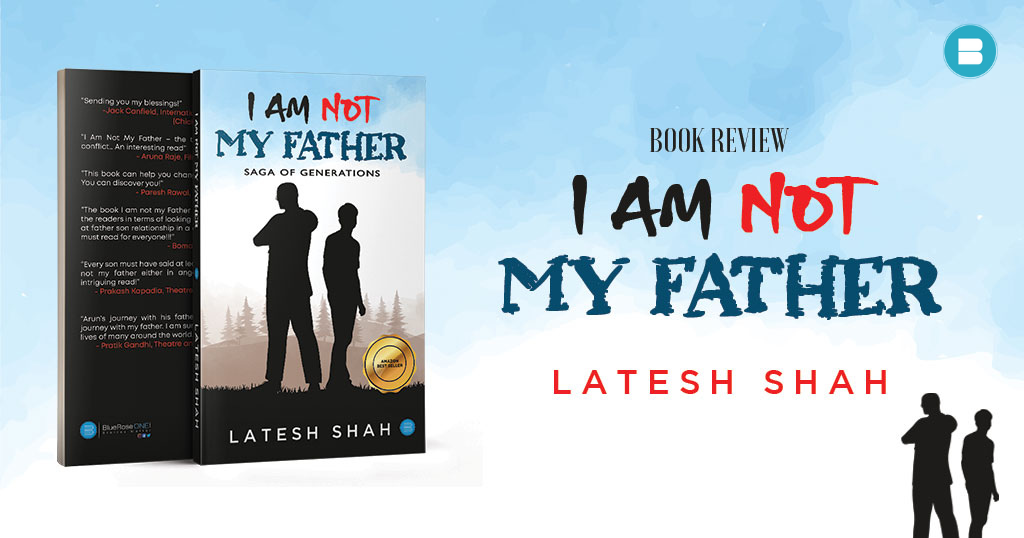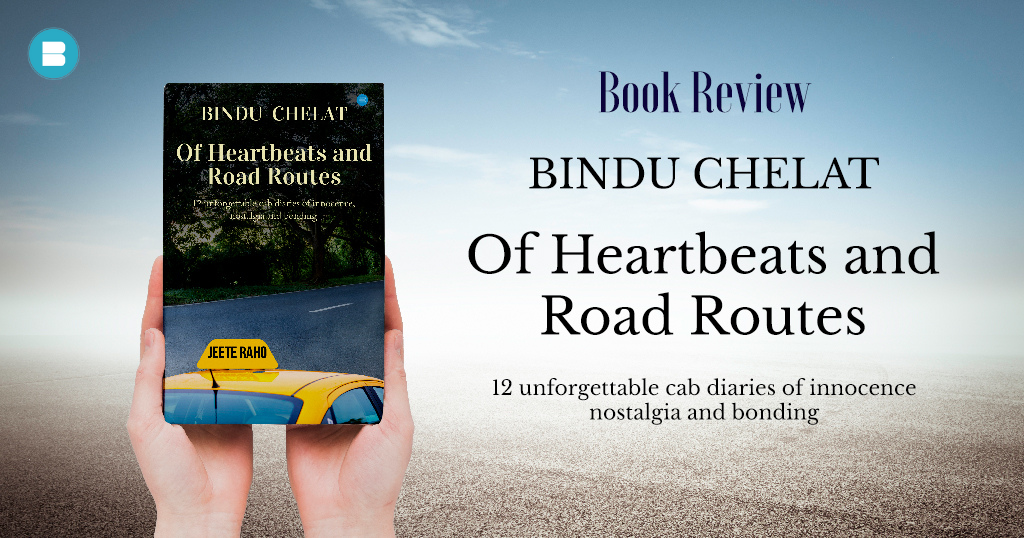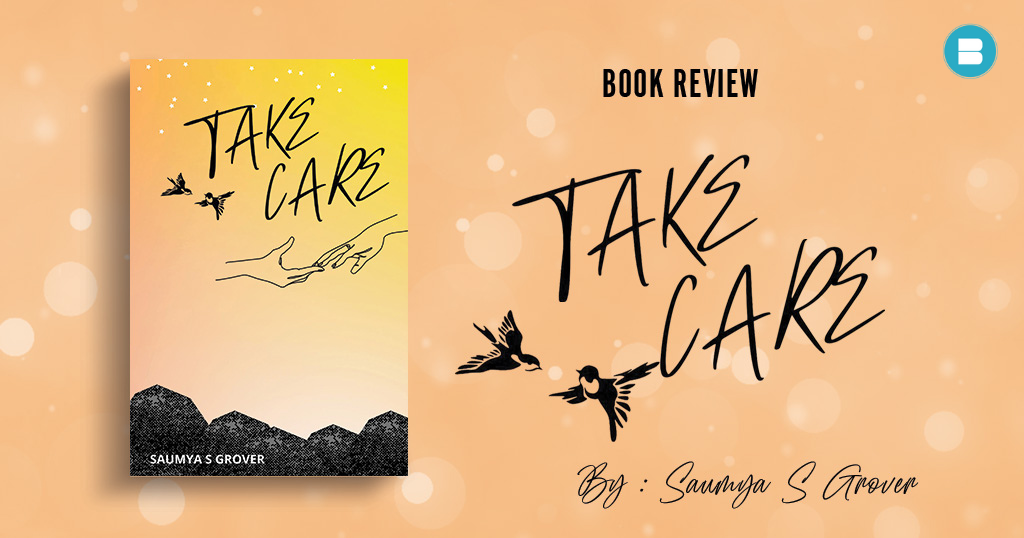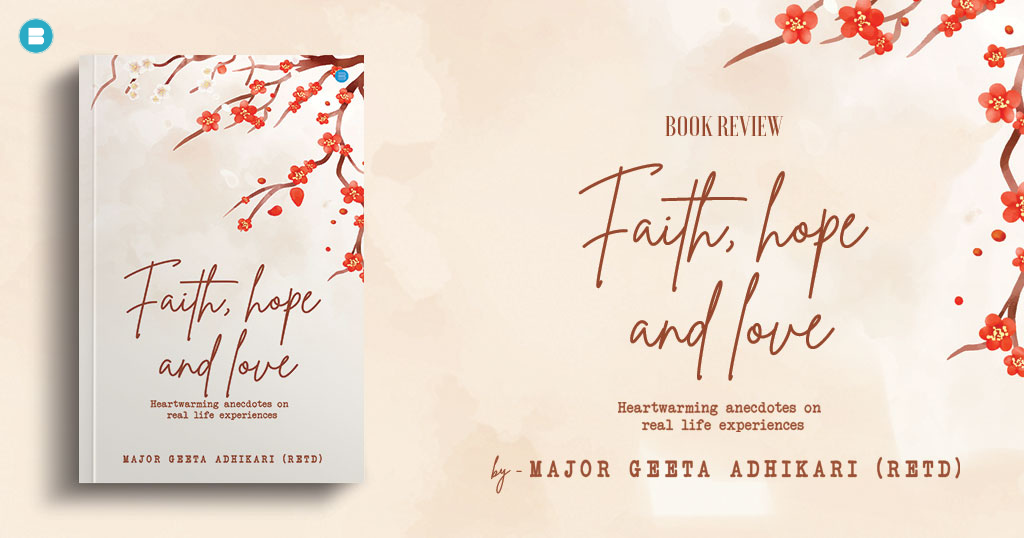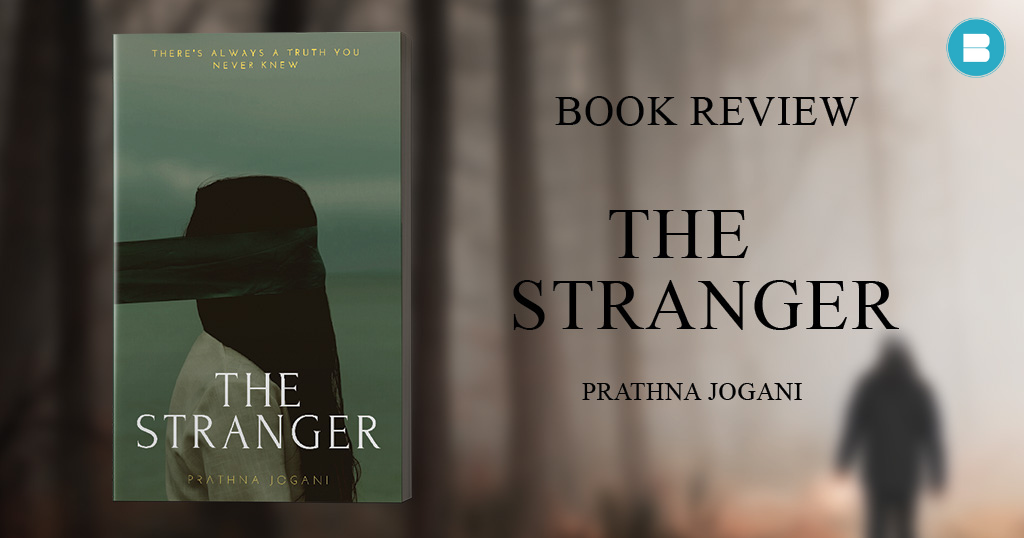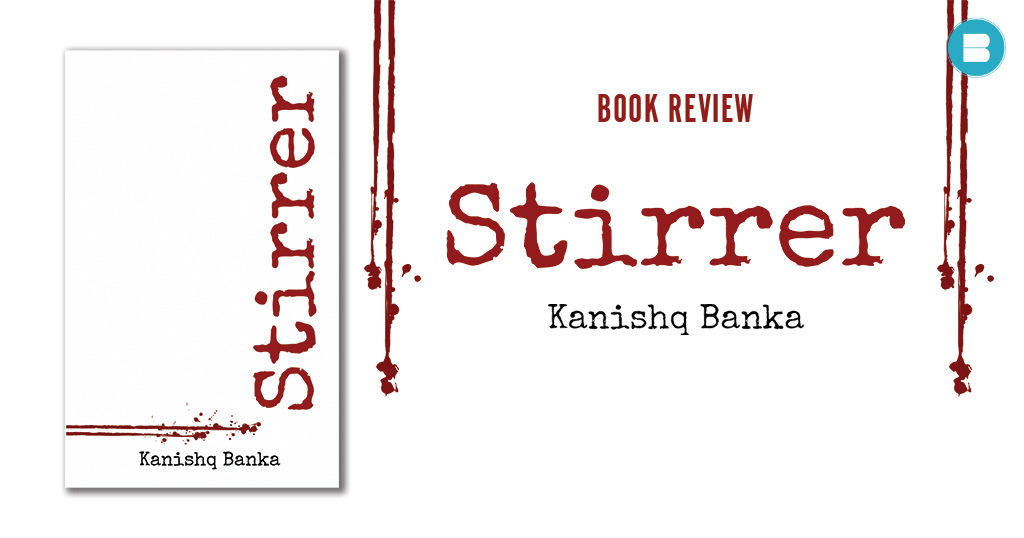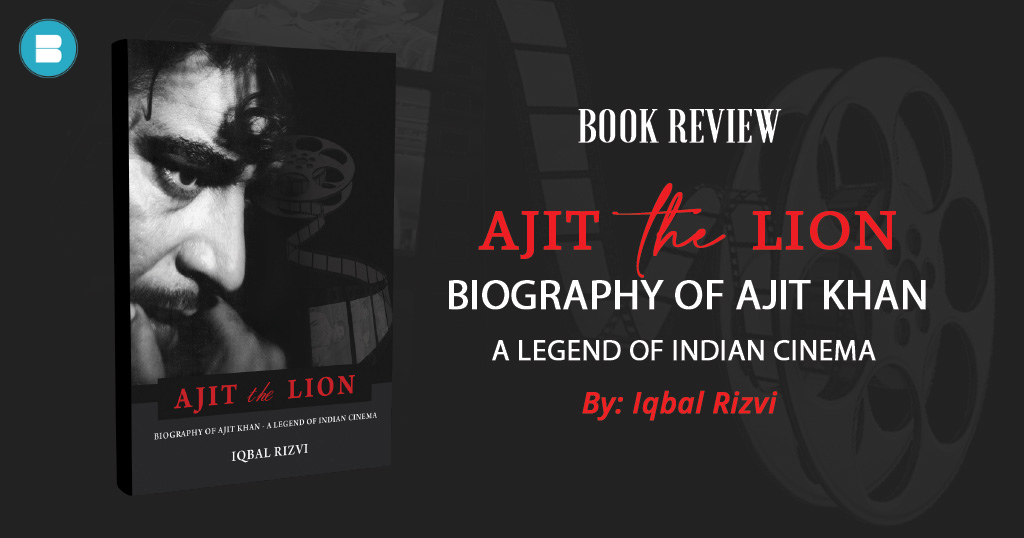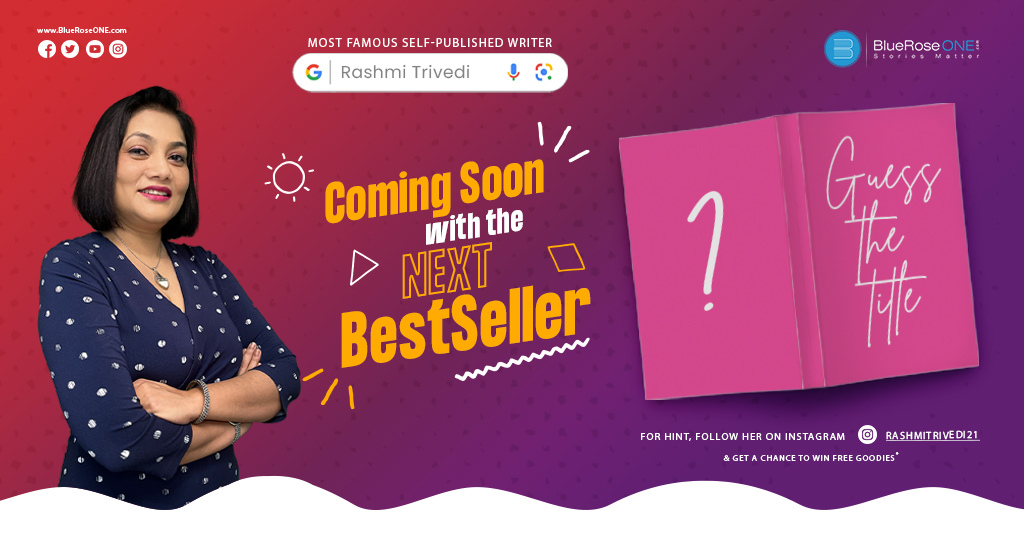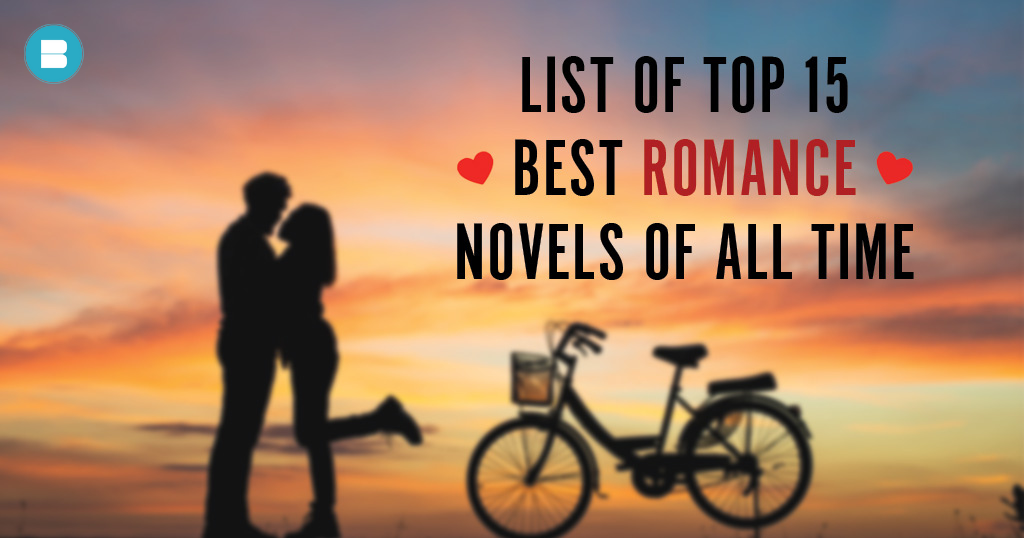
List of 15 Best Romance Novels of all Time
Looking for the List of Best Romance Novels of all Time? Romance is one of the most read genre in the world. It can blend with any other genre and can become a unique story. Love is everywhere whether it’s a crime-thriller, action-thriller, psychological-horror and many more. Under romance there is teen fiction, young adult fiction, adult fiction. Read: Everything to know about Crossword Book Awards: Winners, Nomination Process. Being one of the widest genre under the Fiction category, it has over millions of books that have created a special place in our hearts. Here is the list of 15 Best Romance Novels of All Time: The Notebook – Nicholas Sparks Pride and Prejudice – Jane Austen Wuthering Heights – Emily Bronte Love in the Time of Cholera – Gabriel Garcia Romeo and Juliet – William Shakespeare Wish I could Tell You – Durjoy Dutta The Fault in our Stars – John Green Normal People – Sally Rooney On Earth We’re Briefly Gorgeous – Ocean Vuong Eleanor and Park – Rainbow Rowell Anna Karenina – Leo Tolstoy Jane Eyre – Charlotte Bronte Outlander – Diana Gabaldon A Smile to Brightness – Arpit Taneja Waves of Love Tide & You Turn – Yashasvini Yadav 1. The Notebook – Nicholas Sparks To restore the bygone hopes in love, the evergreen story of Noah and Allie is perhaps the star beginner of our list. With these two birds, unpack the various shades of love that come along as you walk through years. Spanning more than 50 years, their romance begins in their teens and leaves us with an impression of the eternal power of love. They keep wading through difficulties, recognising that giving up on each other isn’t what they desire, despite the imposing slope that unsupportive families, societal stereotypes, and the effects of a World War have built. When it seems like the universe conspires against your union of love, leaf through their story for a fresh waft of inspiration to keep going. You may also like: Positive Character Traits And Why They Are Crucial The Notebook by Nicholas Sparks. Best Romance Novel of all Time. 2. Pride and Prejudice – Jane Austen A tale of love as old as time, this story is a classic example of arguments turning into romantic confessions. Pride and Prejudice has been one of the most well-known Romantic novels of all time in the English language ever since it became an instant hit in 1813. Elizabeth Bennet, the book’s vivacious protagonist, was described by Jane Austen as “as charming a person as ever appeared in print” in her own words. The passionate argument between opinionated Elizabeth and her haughty beau, Mr. Darcy, is a wonderful example of polite sparring. This book is the finest comedy of manners of Regency England because Jane Austen’s dazzling wit sparkles as her characters dance a delicate quadrille of flirting and intrigue. You may also like: Top 10 Rhetorical Devices Every Writer Should Know Pride and Prejudice by Jane Austen. Best Romance Stories. 3. Wuthering Heights – Emily Bronte It is about Heathcliff, the foster son of Earnshaw, and two landed gentry families, the Earnshaws and the Lintons, who reside on the West Yorkshire moors. The intense love between Catherine Earnshaw and Heathcliff, the focal point of this book, is described with such emotional intensity that a simple story about the Yorkshire moors takes on the profundity and simplicity of an old tragedy. You may also like: A Touch of Eternity by Durjoy Dutta – Book Review Wuthering Heights by Emily Bronte. Bestselling Romance Novel. 4. Love in the Time of Cholera – Gabriel Garcia Colombian Nobel Prize winner Gabriel Garca Márquez wrote the novel Love in the Time of Cholera, which was first released in 1985. Fermina Daza and Florentino Ariza experience a passionate love affair when they are young. Florentino is devastated when Fermina ultimately decides to wed a wealthy, well-off doctor, yet he is a romantic. He passes the time in 622 affairs while his corporate career progresses, but he saves his heart for Fermina. Finally, her husband passes away, and Florentino makes a point of going to the funeral. He will do so once more, fifty years, nine months, and four days after he first expressed his love for Fermina. You may also like: How to Self-Publish a Book in 2024 Love in the Time of Cholera by Gabriel Garcia. Best Romance Story to Read. 5. Romeo and Juliet – William Shakespeare Shakespeare created a tragic and bloody world in Romeo and Juliet where two young people fall in love. The Montagues and the Capulets are involved in a blood feud, but it goes beyond the fact that their families disapprove of them. The progression from falling in love at first sight to the lovers’ ultimate union in death seems almost natural in this environment rich with death. Yet this play, which takes place in a fantastical universe, has come to represent the classic tale of adolescent love. It is simple to react as though it applies to all young couples, in part because to the beautiful language used. You may also read: List of Nobel Peace Prize Winners in India Romeo and Juliet by William Shakespeare. Bestselling Romance Novels of all time. 6. Wish I could Tell You – Durjoy Dutta Anusha finds herself in the little world of WeDonate.com, feeling betrayed and heartbroken. She grudgingly looks for a deserving cause to support as she struggles to deal with her sentiments and the responsibility of earning money for charity. Ananth, who has been on the opposing side, believes that no life is less valuable than another and that no cause is unworthy of support. Teams behind them dedicate their entire lives to going above and beyond the call of duty to save lives. In front of them is the digital world of social media, where people watch, interact, judge, make decisions, and occasionally save lives. Moving together is the only option because their lives—both virtual and real—are so intertwined with that of their families. Nobody can…
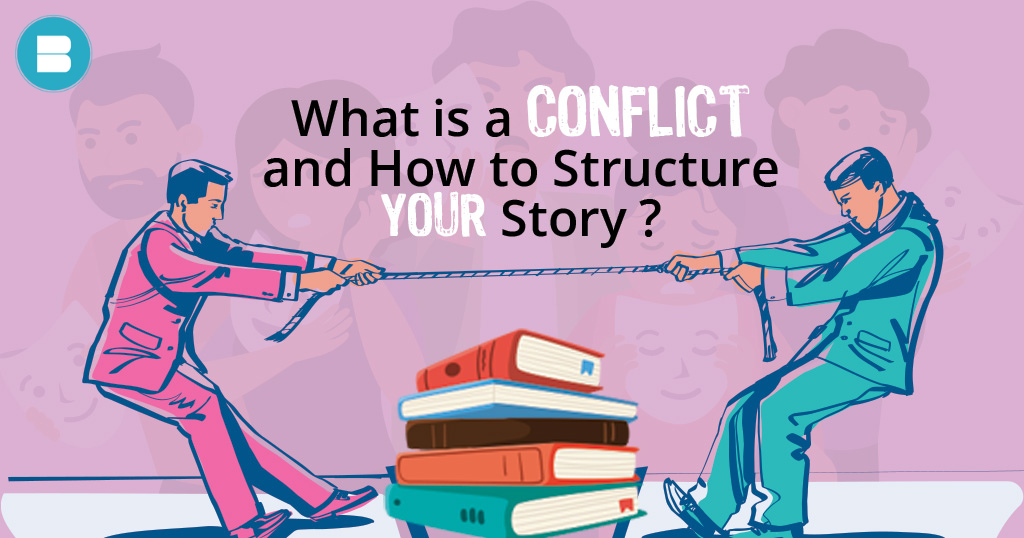
What is conflict in a story and How to structure your story?
The creation of conflict in a story is essential for good narrative. Soon after introducing the main character in a story, the conflict is established. The beginning of the action and the beginning of the story are both triggered by conflict. Every writer should be able to create interesting conflict. Read: Learn How to avoid Plagiarism in 10 easy steps. What is conflict in a story? Conflict is the collision of two opposing forces that provides the narrative thread for a story in both literature and film. When the main character battles either a personal conflict or an external conflict, there is conflict. Conflict unites two opposed forces—the protagonist, who fights for what they believe in, and the antagonist, who fights for what they oppose—and then develops and ends the conflicts between these two forces. What are the Types of Conflict in a Story? You can use one of the following six types of conflict to advance your narrative: Character vs. self Character vs. character Character vs. society Character vs. supernatural Character vs. technology Character vs. nature Character vs. self The plot of a story “must be a conflict, and specifically, a conflict between the forces of good and evil within a single person,” as writer Maxwell Anderson once stated. Even though that may be oversimplifying, every fascinating story will eventually touch on a character’s inner conflict. That’s becausea reader empathises with a character best when they are going through deep internal conflict. A disagreement that arises within a character will cause internal conflict. Any combination of the character’s expectations, aspirations, obligations, and anxieties could be the source of it. They must make a decision that could potentially alter everything in order to acquire what they want. Character vs. character Pesky individuals are troublemakers no matter where they go! This form of external conflict, which may be found in many, if not most, stories, centres on that. Character versus character can refer to obvious conflicts (cops vs. robbers, heroes vs. villains, etc.), as well as more nuanced types of interpersonal conflicts, such as romantic entanglements and family conflicts. Character versus character conflict is frequently represented via the classic “protagonist vs. antagonist” arrangement, in which the two main characters typically have polar opposite objectives. Character vs. society These days, external conflicts of this kind are particularly common in literature and set the individual against the group. In this instance, “the collective” could be represented by something like: a repressive administration, adults (from the viewpoint of a teen), or widespread corruption Society will put pressure on us to change and fall neatly into order in this kind of struggle. However, our protagonist will fight against this shift and, in some situations, will attempt to reshape society to meet their ideals. Similar to the tale of David and Goliath, our hero must overcome a difficult obstacle, yet the reader retains faith in “the little guy” to succeed. You may also like: Top 10 Real Life Stories to Read Online Character vs. supernatural Your hero is likely engaged in battle with supernatural powers if they come up against something that defies reason or science! In addition to exploring irrational concerns and bizarre everyday occurrences, supernatural fiction can also use this kind of tension, as some authors do to produce rip-roaring tales. Character vs. supernatural confrontations commonly pit the hero against the powers of destiny, religion, ghosts, gods, demons, or aliens. Character vs. technology The human race and technology have had a rocky relationship ever since the beginning of the industrial period. Others have used scientific advancement to challenge our morality, patience, and greed. Some regard it as a defiance of God and the natural world. Character vs. technology may conjure up images of a Terminator-style robot catastrophe, but this kind of struggle may also be as unassuming as someone trying to teach their Grandma Millie how to use emojis! Character vs. nature How do you think you would fare against Mother Earth? That is specifically what our protagonists are up against in this kind of conflict. The enemies in this kind of confrontation can never be reasoned with, whether they be animals (Jaws), natural disasters (The Day After Tomorrow), the weather (The Perfect Storm), or a post-apocalyptic environment (The Road). The focus of “character vs. nature” conflict stories is typically on a character’s ability to survive. Our heroes will frequently come to realise that “character vs. self” conflict (which we shall discuss later) lies at the core of their story arc in the absence of a human enemy. What are the structures and how they are different from each other? In a novel, the sequence in which events are arranged into a beginning, middle, and finish is known as the story structure or narrative structure. The plot’s development and the reader’s introduction to the story’s motivating elements (characters, challenges, place, etc.) are directly impacted by the structure of the work. Read: List of Top 15 Most Famous books on Hindu Mythology. A tightly regulated narrative framework ensures that all of the reader’s questions are resolved, that there is a climax followed by information and resolution at the conclusion of the story, that the characters’ growth is furthered, and that any major conflicts are resolved. To put it another way, a well-structured plot results in a rewarding narrative experience that satisfies the author’s objectives. Let’s look at three of the most popular story structures used by writers: Freytag’s PyramidFreytag’s Pyramid is a five-point dramatic structure that is based on the traditional Greek tragedies of Sophocles, Aeschylus, and Euripedes. It is named after a German novelist and dramatist from the 19th century.STRUCTURE– Freytag’s Pyramid is a five-point dramatic structure that is based on the traditional Greek tragedies of Sophocles, Aeschylus, and Euripedes. It is named after a German novelist and dramatist from the 19th century.– Rising motion or rising. The protagonist works hard to achieve their objective. The stakes increase.– Climax. a place where the protagonist can no longer turn around and return to the previous situation.– Return or…

